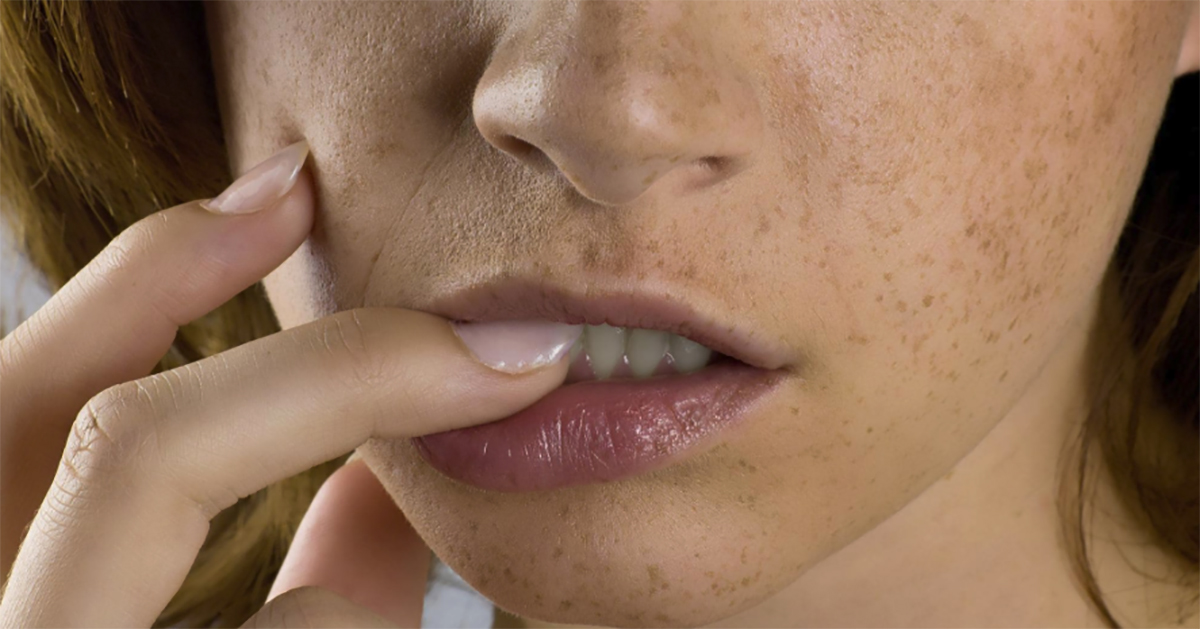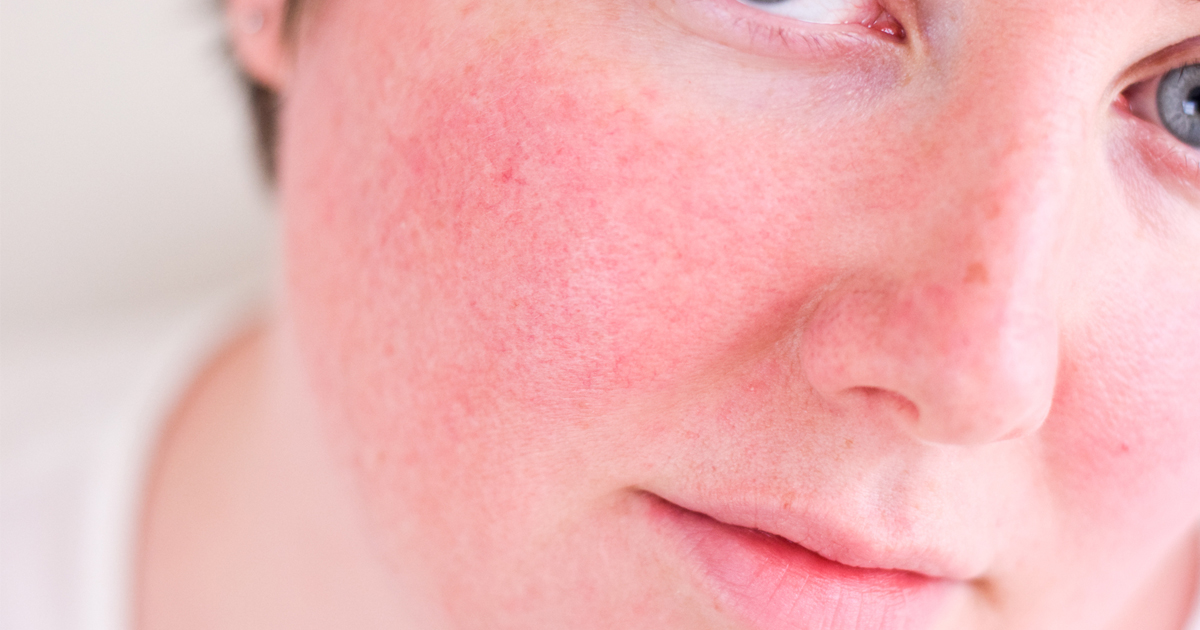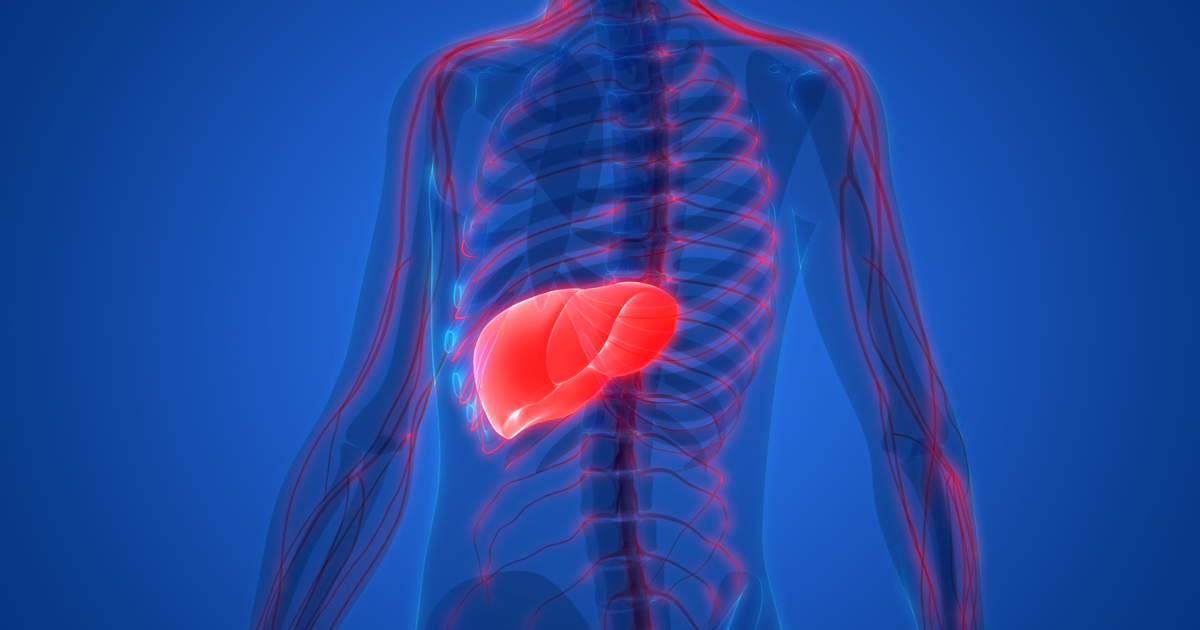Health Risks And Side Effects Of Chemical Peels
Many individuals use chemical peels to reverse the effects of aging. This technique has been shown to improve the appearance of the skin, and it is mostly utilized on the face, neck, and hands. During a treatment, a solution is applied to the targeted area of the skin, exfoliating it and eventually peeling off. The treatment time varies depending on the type of peel, from three to five minutes up to four hours.
Once the treatment is complete, most clients report regenerated, smoother, and less wrinkled skin. After a chemical peel, the skin is hypersensitive and proper after-care is crucial. While generally safe, chemical peels do come with certain health risks and potential side effects all individuals must be aware of before proceeding with the treatment.
Skin Discoloration

Skin discoloration is a significant potential side effect of undergoing a chemical peel. Though individuals with darker skin are more susceptible to this, darkening and lightening of the skin can happen to anyone. There are two ways the skin can become discolored: hyperpigmentation or hypopigmentation. Hyperpigmentation occurs when parts of the skin become darker than normal, while hypopigmentation causes parts of the skin to lighten.
The type of skin discoloration depends on which type of chemical peel treatment a client chooses to undergo. After superficial peels, the skin is more likely to be affected by hyperpigmentation, whereas deep peels tend to be associated with hypopigmentation. Changes in skin color can be permanent.
Reappearance Of Cold Sores

Cold sore outbreaks are a common side effect of chemical peels, regardless of which kind clients opt for. However, they will only occur in individuals who are already infected by the herpes virus, which is the virus responsible for cold sores, whether it be active or dormant. Not everyone who carries the virus experiences cold sores, though, making it difficult sometimes to recognize being infected. There are certain antiviral medications that may help with the reappearance of cold sores after undergoing a chemical peel, but patients should discuss these with their doctor to avoid any negative interactions between the medicine and the chemicals in the solution.
Skin Redness

Experiencing skin redness is a normal part of the healing process after getting a chemical peel. It should come as no surprise that, after having a layer of skin effectively peeled off, the skin will be sensitive and, at the very least, pink. This redness can last for a few hours, days, or in some cases, months, but this is typically only after a deep peel.
The degree of redness and sensitivity will depend both on the type of chemical peel the client has opted for and the specifics of their skin. Using a cold compress to soothe the sore, red skin has been shown to be helpful both aesthetically and for a reduction in discomfort. The doctor or aesthetician will always recommend for treated skin to remain covered, especially after a deep peel, in order to protect the hypersensitive area from outside irritants that can worsen reddening.
Scarring

Although it is rare, scarring can occur as a result of a chemical peel. Chemical peels burn away dead and damaged layers of the skin to reveal fresh skin underneath. Because peels cause a layer of skin to be removed, allowing for a new layer to grow in, there is some potential for scabs to develop while the skin is raw and healing. As the wounds from the initial begin to heal, a crust can form on the skin, causing scabbing.
Scarring is also more likely to occur if these scabs are picked at, so individuals should take care to avoid touching the treated area as much as possible. Using antibiotics or steroid medications can soften the appearance of scars, so they should be sure to discuss these options with an aesthetician after undergoing the treatment.
Damage To Certain Organs

Perhaps the most serious concern when undergoing a chemical peel is the potential for damage to certain organs. Phenol, the chemical used in deep peels, can actually cause severe damage to the liver, kidneys, and heart muscle. An irregular heartbeat is also a potential side effect of chemical peels. This is because the chemicals, though applied topically, seep into the body through the skin. Organ damage is fairly rare, but when it does occur, it is usually after undergoing a deep peel, during which the chemicals set into the skin for up to several hours. Thankfully, short chemical peels rarely have such dramatic internal effects.
